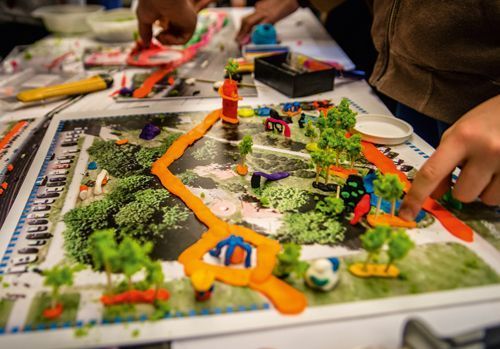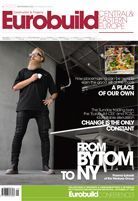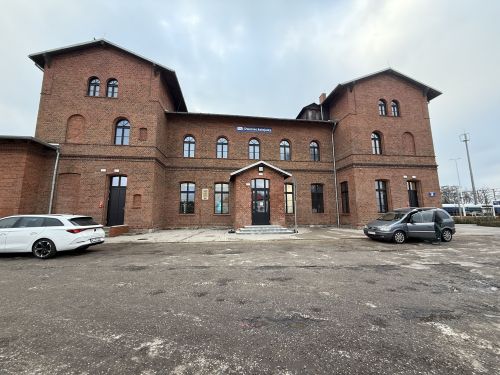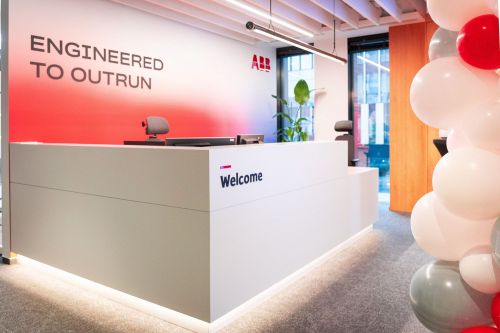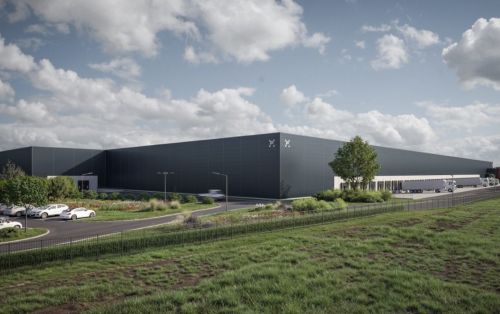It is hard to believe that the term was originally coined more than half a century ago in the US and was done so in against the grain of the then prevailing concept of cities for motorists. It was a radical vision for that time and only slowly gained traction – the notion of cities created by and for the people. However, it did eventually capture the imagination, and so non-profit organisation Project for Public Spaces (PPS) was established in the mid-70s. Its main goal was and still is to promote the concept of placemaking.
Grassroots vision
Since its conception, placemaking has been identified with the grassroots activities of local communities aimed at improving the attractiveness and functionality of urban space. It is a process and a kind of philosophy that embraces the principles of urban design. Placemaking can therefore be described as a multi-faceted approach to planning, designing and managing public spaces. It is also important that such place creation ut
